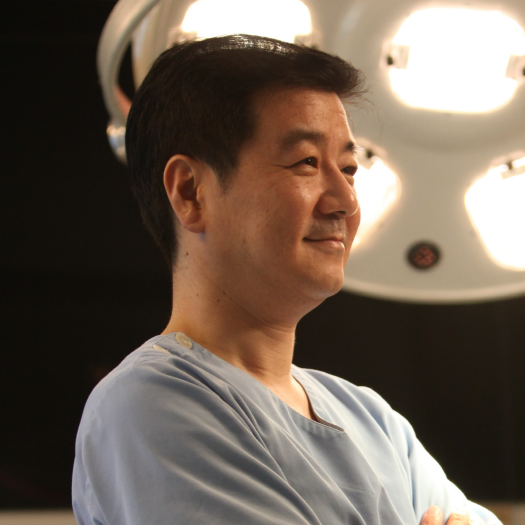General Forum
Please feel free to write articles related to plastic surgery!|
more
Latest Best Posts
|
|||||||||||||||||||||||||||||||||||||||||||||||||||||||||||||||||||||||||||
Find a Hospital
3.7
Evaluation Cnt 384
hospital info
doctor info
코성형
코제거(재수술)
콧볼축소
코끝성형
Photo Reviews
 님
님
 묘이
묘이











